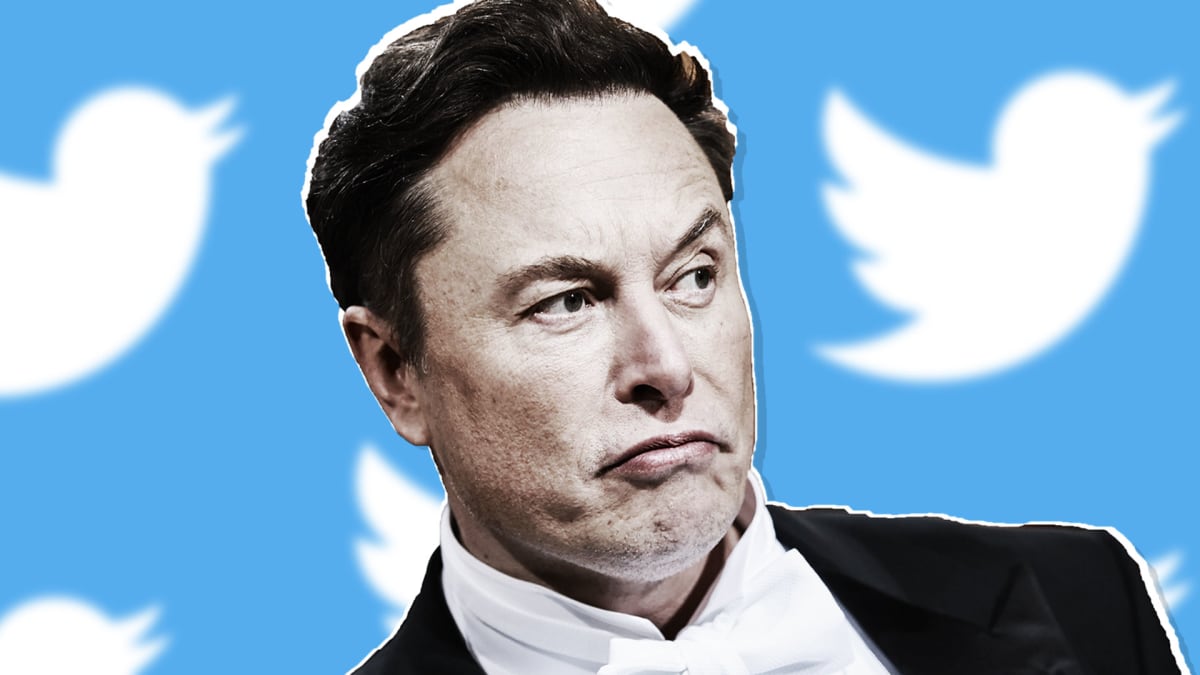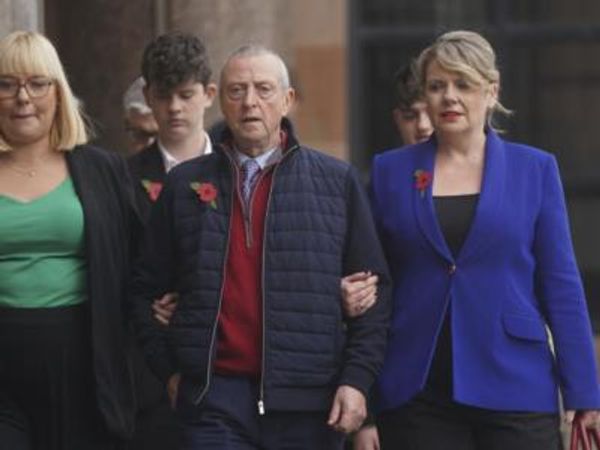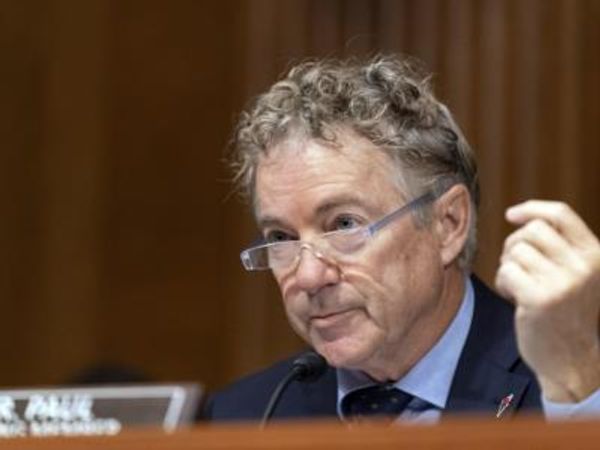
Billionaire Elon Musk's latest strategy to revamp Twitter to be a profitable social media platform is meeting a lot of resistance from users.
Minutes after Musk announced his latest idea to drum up cash for Twitter Monday evening, users expressed their dismay.
DON'T MISS: Elon Musk Makes Big Change to a Popular Service
Twitter 2.0 will remove legacy verified checkmarks by April 1. Twitter users can only regain the infamous blue checkmark that was granted to businesses, CEOs, media, athletes and celebrities by paying $8 a month via Twitter Blue.
Faced with resistance from many users who indicate that they would rather lose the blue badge than pay, Musk has just made a very controversial decision. From now on, the For You feature will contain messages only from verified accounts.
The For You section includes recommendations Twitter makes to users based on their activity, the people and organizations they follow and those that follow them.
It's also a means of wide exposure for certain influencers, who see their messages disseminated to the greatest number of potential followers when they are included in For You.
But Musk said on March 27 that within a couple of weeks, anyone not subscribing to obtain verification via the blue checkmark will fall from the For You section.
"Starting April 15th, only verified accounts will be eligible to be in For You recommendations," the billionaire announced on March 27.
Keeping up to date with tweets that people follow now or topics that are interesting to them could be more challenging since they would have to search for those accounts.
The infamous blue check has helped users determine quickly if a Twitter user had been verified, which is crucial to avoiding the spread of misinformation.
Don Moynihan, a policy professor at Georgetown University, said Musk is "always blaming the bots, but you are removing the main basis for verifying people's identity by imposing a tax on credibility."
Users were clearly fed up with his changes. TierZoo, which produces wildlife ecology and evolutionary biology videos through the lens of gaming, tweeted, "Just delete the whole website man, you clearly had zero understanding of why it was valuable in the first place."
Davis Liu, a practicing board certified family physician and patient advocate based in Northern California, said he is disappointed that Twitter is removing the verification checkmark. He plans on staying on Twitter where he has been a user since 2008.
He received a verified checkmark in 2020 during the pandemic as Twitter "needed experts to help clear up uncertainty and misinformation and misunderstanding," Liu said. "Without a doubt, people need individuals they can trust and know they are real people who are credible experts and not someone who simply pays for a badge.”
Musk, who bought Twitter last October for $44 billion and incurred $13 billion in debt when the deal closed, said he made this decision because of advances in artificial intelligence, which allow bots to successfully pass themselves off as humans.
To limit the proliferation of bots on the social network, Musk said he will give priority to verified accounts because Twitter has ensured that the people and groups behind those accounts are who and what they say they are.
"The is the only realistic way to address advanced AI bot swarms taking over. It is otherwise a hopeless losing battle," Musk said, adding that "voting in polls will require verification for same reason."
Voting in Polls Will Be Only for Blue Checkmarks
Twitter users who do not pay for the service will not be allowed to vote in polls either.
Keith Olbermann, who hosts a podcast, Countdown with Keith Olbermann and was a former sports and political commentator at CNN, ESPN and MSNBC, tweeted, "Oh no, I can't vote in dipshit polls any more. I am forlorn."
Musk replied to all the users who expressed their dislike in his strategy, stating "My prediction is that this will be the only platform you can trust."
But Andrew Laufer, a civil rights attorney, tweeted, "Respectfully, this platform has deteriorated in significant ways. It’s advertising dollar generation has fallen off a cliff. You’re attempting to compensate for that by charging user fees which further adds to the flight of accounts off platform. The algo changes have caused many of the ppl I follow to disappear from my feed. This was never an issue previously. It also amplifies voices which shouldn’t."
Several Twitter users said they will not subscribe. Peg Aloi, a film/TV critic, said she will remain on Twitter, but will not pay.
'I'll stay, I won't pay, and I'd love to see people who provide content and engagement here take, say, 3 days off the site, so that the impact can be made very visible," she tweeted. "Musk charging people money when THEY provide the content that drives the site is ridiculous. He needs to go."
Steve Riley, a designer and CX consultant, said, "I will NOT pay. Elon Musk is destroying Twitter. He’s proving himself unfit to run a global social media platform."
Twitter Blue Failed Last Year
When Musk launched the idea back in November thousands of imposter accounts popped up overnight, causing chaos and major problems, especially for public companies.
Musk reversed the idea quickly and suspended signups on Nov. 11, just two days after the launch of the new version of Blue, which integrates a checkmark for authenticating the identity of the people behind an account.
Within hours after Blue rolled out on Nov. 9, many fake accounts posing as companies and celebrities appeared on the platform. These accounts had been authenticated with the blue check mark, but they were impersonators.
Tesla's (TSLA) fake account, for example, posted jokes about the vehicle maker's safety record. A fake Eli Lilly (LLY) account posted that insulin was now free. The pharmaceutical giant had to apologize.
Another fake account from defense group Lockheed Martin (LMT) sent a message saying: "We will begin halting all weapons sales to Saudi Arabia, Israel, and the United States, until further investigation into their record of human rights abuses."
Impersonations are likely to rise, said entrepreneur Ian Schafer.
"How does this prevent verified accounts that are impersonating non-verified accounts (eg. "notable figures") from getting even more visibility?" he tweeted.
Advertisers fled in droves, fed up with the problems that were multiplying after Musk acquired Twitter on Oct. 27.
Musk, who had never run a social media company before the acquisition, removed the safeguards limiting the spread of misinformation, racism and antisemitism as well as hateful content on Twitter. He decided to allow former President Donald Trump back on the platform although the 45th president chose to use Truth Social, operated by his own company, Trump Media and Technology Group (TMTG). Digital World Acquisition Corp (DWAC) , the blank check company has been attempting to merge with Trump's fledgling media group.
This laissez-faire approach is part of Musk's defense of free speech. But his strategy has transformed Twitter into a bastion for conservatives, who come together to denounce what Musk has described as the woke mind virus. This expression is a catch-all for progressive values.







